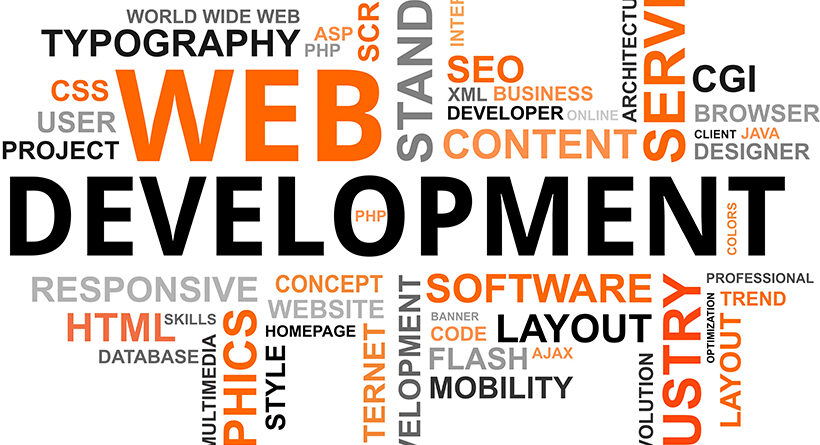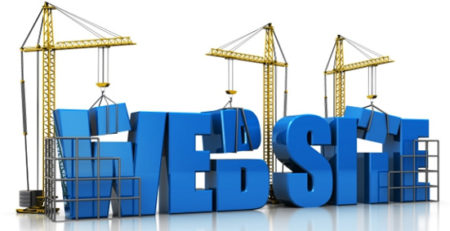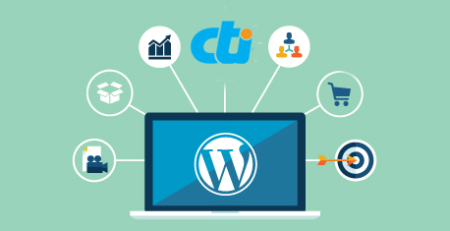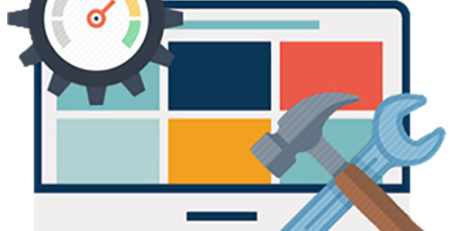Web Development Terms You May Want to Know: Part I
If you are considering hiring someone to design or re-design your website, there are certain terms and concepts that you need to be familiar with. Like every profession, web development has its own “secret language,” words and expressions that may not be known to those outside the industry. Knowing what these phrases mean can help you, and your web developer communicate more efficiently and ensure a better outcome of your website project.
Accessibility
One word you may hear often used by your web design professional is “accessibility.” Accessibility refers to how easy it is for your website to be used by people with disabilities. A low accessibility website will be very hard if not impossible to be used by those with visual or hearing impairments. How colors are used, or if sound is required to use on the website, etc. these are examples of accessibility problems. The issue of accessibility is of particular importance when designing healthcare websites or those specifically targeted at people with disabilities.
Backlinks
You may also hear the words “back end” and “backlink” used by the person designing your website. The back end of a website is the part that is hidden from the view of regular website users, the “nuts and bolts” if you will of how the site operates. Typically, this includes information on the structure, applications, and content management system used to run the site. Backlinks, on the other hand, refer to links on other websites that connect to your own website. Having a good number of high-quality backlinks from heavily trafficked sites can significantly improve your findability on search engine results.
Bounce Rate
The “bounce rate” of a site tells you what percentage of people leave your site from the same page they entered. A high bounce rate indicates you may have problems with either site navigation, site content, or both. The “browser” refers to the program being used to view the website, examples include Google Chrome, Internet Explorer, and Firefox.
CMS
One important term that may come up when talking about your site is the “content management system” or CMS. The CMS is a tool used on the backend of the website to manage content; it serves to separate the content from site design and functionality. A high-quality CMS will make it easier to change site design or function independently of the site content. It should also make it easier for you to add content to the site once your developer turns it over to your control.
Framework
The “Framework” of your website is a collection of files that contain typographic and layout information, these are typically used in the early stages of development when the website is first being put together. Looking at the framework will give you an idea of how the final product will be organized.
Domain
Another frequently used term is “Domain,” domain is the name that identifies your website. The domain will be associated with a particular IP address and can be purchased so that you maintain control over your name.
E-Commerce
Another term that will be vital from a business standpoint is “E-Commerce.” This is short for “electronic commerce,” the buying and selling of goods online, through websites including both physical and digital products. As a business person, you will want to make sure the E-Commerce functions of your website are easy to use and intuitive. A good E-Commerce module means more sales!
As you can see, there are many terms used by web development professionals that may not be widely known to the layperson! So many in fact that we can’t cover them all in this post. Therefore, we’ll be back next month with Part II of “Web Development Terms You Need to Know.”













